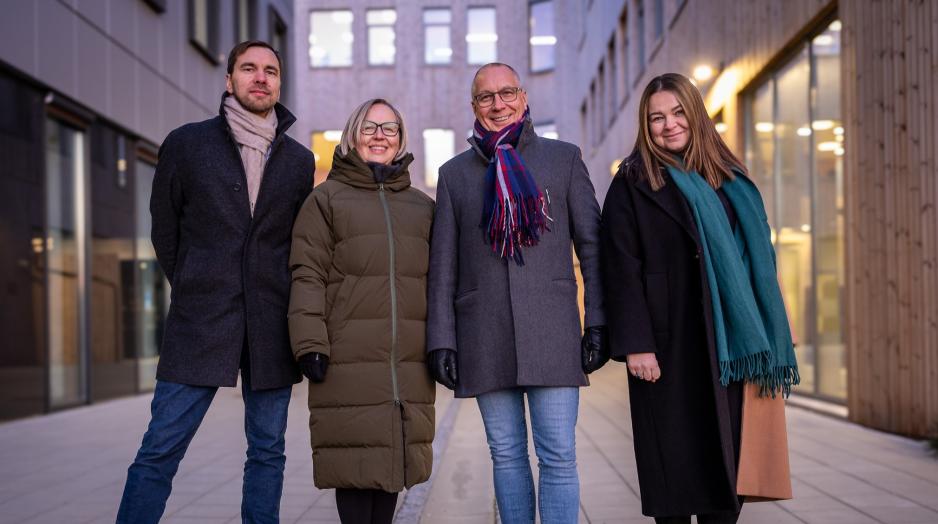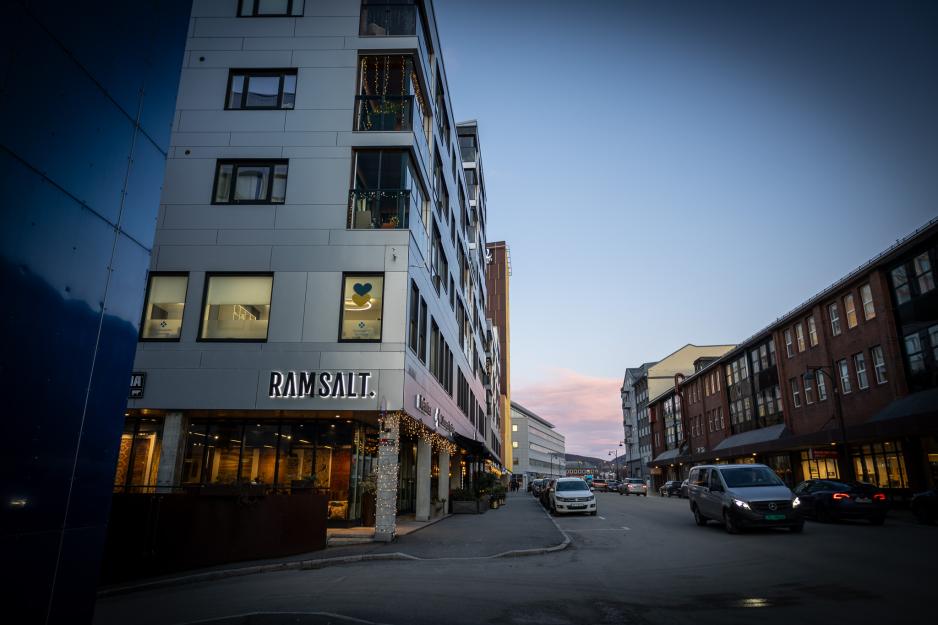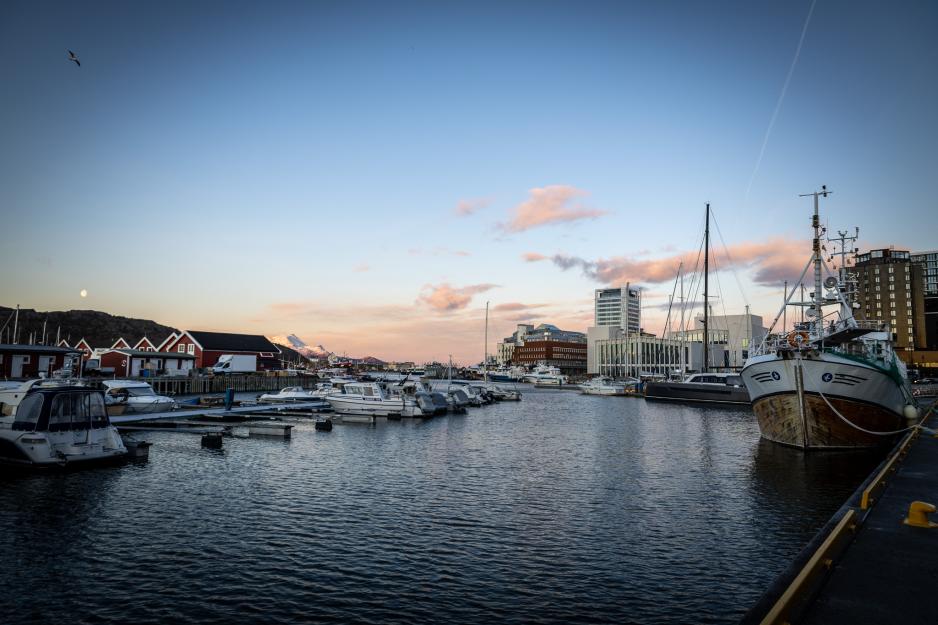Why Smart City Dreams May Not Survive The Arctic

The researchers Evgenii Aleksandrov (to the left), Elena Dybtsyna, Anatoli Bourmistrov, and Nadezda Nazarova from the EduSmart project at the High North Center at Nord University. (Photo: the High North Center of Business and Governance)
Op-ed: When Arctic cities try to get smart, they discover that southern solutions don't work in northern conditions.
This is an opinion piece written by external contributors. All views expressed are the authors' own.
The idea of smart cities isn't new in the Arctic.
For a decade, we've talked about using technology to make our northern cities more sustainable. But something interesting happened when we started working across borders: We discovered that "smart" means very different things in different places.
Here in northern Norway and Sweden, we talk about smart cities. But go up to Alaska or northern Canada, where populations are more spread out, and they talk about smart communities instead. In Finland, they use the term smart ecosystem, focusing on how business and nature work together.
This is exactly why we started EduSmart - to understand these different perspectives and learn from each other.

Bodø city center during polar twilight. Arctic cities face unique challenges that southern smart city solutions aren't designed to handle. (Photo: the High North Center)
EduSmart is our international project to build knowledge about smart city governance in the Arctic. It brings together researchers and practitioners from six countries while also preparing students through hands-on work with real smart city projects..
Our partners from the USA, Canada, China, Finland, Sweden, and Norway each bring unique perspectives to the project. Some focus on winter mobility, like our Swedish partners. Others, like in Alaska and Canada, concentrate on connecting remote communities. Here in Bodø, we look at how citizens can be part of making their city smarter.
This reflects how Arctic regions tackle challenges differently. While big southern cities worry about millions of people, pollution and traffic jams, we deal with vast distances, harsh weather and scattered populations.
In Alaska, our project partners also showed us another important aspect. Traditional knowledge helps communities know when whales are coming. Now, technology can tell you the same thing. Sounds good? Maybe not. When people rely on apps instead of traditional knowledge, something valuable risks being lost.
Most smart technology comes from outside the Arctic. When we test these solutions here, many don't pass what we call the "Arctic stress test." Even basic things that should work, like buses, sometimes don't.

The port of Bodø. (Photo: The High North Center)
The message from four years of EduSmart research is clear: the Arctic needs its own solutions.
So even the most advanced smart city technologies need rethinking for northern conditions. Our experience shows that the smartest solutions aren't always about adding more technology - sometimes they're about understanding the people and place you're building for.
By bringing together different Arctic perspectives, we're building knowledge about what actually works in northern conditions. We use “smart societies” as an overarching concept in our project as it allows for multiple perspectives.
The future of Arctic cities won't be found in copying southern solutions - it will come from understanding our unique needs and conditions.




